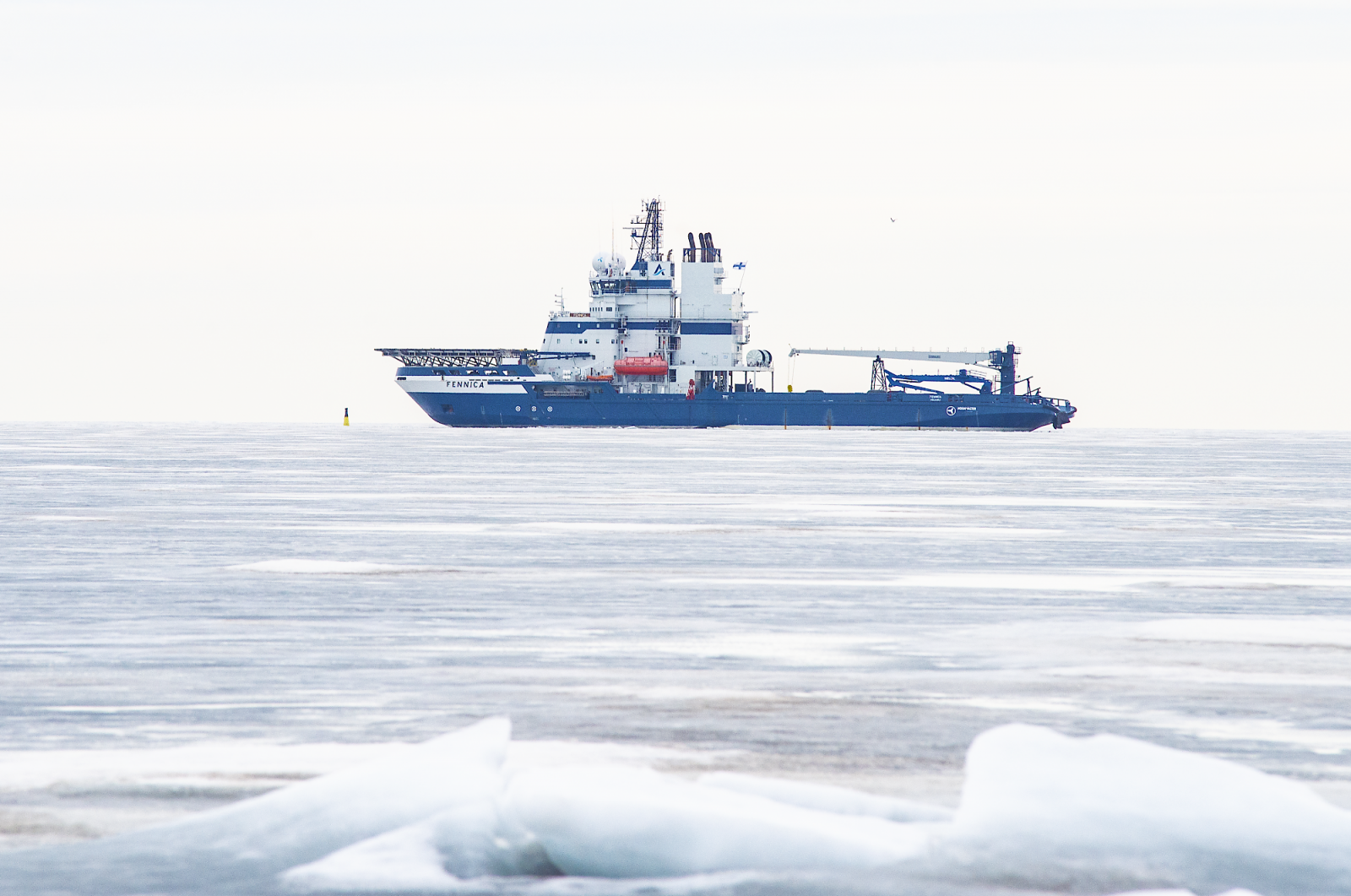The multipurpose icebreakers Fennica and Nordica of Finland-based Arctia Ltd have provided assistance several times in Alaska, Canada, and the Arctic. Finnish expertise, responsibility, and respect for the delicate nature and indigenous peoples are highly valued among the locals.
Multipurpose icebreaker Fennica was shipped to Milne Inlet, Canada, where it remained from early September to mid-November 2024. After this, it returned to icebreaking duties on the Baltic Sea. In previous years, Fennica provided assistance in Alaska as well. What is it like to sail along the fringes of Alaska?
- It’s harsh, rugged, and cold; but not cold enough for a Finn to be unused to it, answers Apprentice Seaman Niko Teräkoski.
- In terms of temperatures, the conditions are similar to those in Northern Europe. There’s just more ice.
The Arctic Ocean is a body of water located in the Arctic around the North Pole. It also includes the maritime areas of Alaska and northern Canada. Finns have sailed both Baffin Bay and Beaufort Bay.
- The Arctic has special environmental standards that we know and comply with in our work, says Teräkoski.
Both Finns and the inhabitants of the Arctic Ocean region value their personal peace and space.
- The local people have always got along well with Finns, he continues.
- They like Finns because we take the delicate nature into account in our work and respect the customs of the locals – and give them their privacy.
Video below: Multipurposevessel Fennica's crew prepares to sail to Canada in the autumn 2023. Repairman Mika Kinnunen and repairman Roope Varpula are frienly finnish sailors, who get well acquainted with locals in the arctic area.
- Our multipurpose icebreakers have great crews; our team runs like clockwork, says Teräkoski.
- Compared with the local level of pay, our salaries are quite competitive. Hiring Finns across the Atlantic is hardly a question of cost. On the contrary, it’s definitely worth it to make things work well in the area.
Multipurpose icebreaker Fennica’s trip to Alaska and back took both the Northeast and Northwest Passages.
- The ice on these routes was thicker than in Finland, but we’re used to sailing in challenging ice conditions, Teräkoski says.
The Arctic Ocean is often enveloped in heavy fog. This requires excellent navigation skills.
- The fog in the pass near Alaska’s Dutch Harbor was so thick that you could see only a metre ahead from the ship railing, Teräkoski recalls.
Nevertheless, he would be ready to travel again right away.
- The locals were just starting the crayfish season in Dutch Harbor, and we saw the kind of life they actually live there, he continues.
- This was quite fascinating, and we also met with folks from Deadliest Catch.
